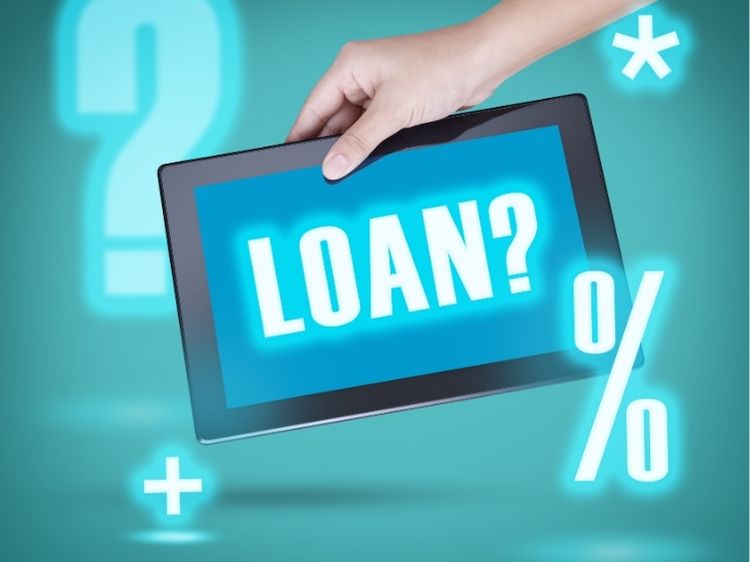Renovating or buying a fixer-upper an existing property can be thrilling but the financial aspect can be the challenge. This is where rehab loans come into the picture. If you’ve ever thought, “What is a rehab loan?” and how does it work then you’re in the right spot. Understanding the process of finance can assist the real estate investor and homeowners transform old properties into profitable assets.
Understanding Rehab Loans
The term “rehab loan,” also referred to by the name of a remodeling loan is a mortgage that allows you to buy and fix a house. In contrast to traditional loans which only pay for the purchase price they also provide money to fund repairs. This type of loan is ideal for those who wish to purchase homes that need repairs, but do not have the capital needed to start from scratch to pay for the costs of renovation. Rehab loans are an exciting option for homeowners seeking affordable housing as well as investors looking to boost their property’s value.
There are a variety of rehab loans with each one catering to particular requirements. The most sought-after options include those offered by the FHA 203(k) loan Fannie Mae’s HomeStyle Renovation loan as well as VA rehabilitation loans. Although these loans differ in terms of eligibility and conditions but they all serve the same purpose of offering financial aid for home improvements.
How a Rehab Loan Works
A rehab loan blends the cost of buying the home and the renovation costs into one mortgage. Instead of obtaining two separate loans–one for buying the property and another for renovations–borrowers can streamline the process with a single financing option. This kind of loan is ideal for those who wish to purchase a property that isn’t eligible for traditional financing because of the condition of the property.
The process of getting rehabilitation loans involves a number of steps. First, the loanee must find a home that requires renovation and submit an application for financing. The lender typically requires a thorough plan for renovations, which includes costs estimates and timeframes. Once the plan is approved the funds are distributed in stages, ensuring contractors are paid as the work is completed. The property has to meet the guidelines established within the lending program in order to be considered eligible. In addition, inspections might be required to ensure that the work is in line with the plan of action.
Types of Rehab Loans
It is the FHA 203(k) mortgage is among the most popular rehabilitation loan options. This mortgage is backed by the government and allows borrowers to fund both the purchase and renovation of their home. There are two kinds of FHA 203(k) loans The regular 203(k) that is for large renovations, and the Limited 203(k) to make minor renovations. The Standard version requires the involvement by a certified contractor, and is perfect for structural repairs. The Limited option is ideal for minor cosmetic upgrades and repairs.
Fannie Mae’s HomeStyle Renovation loan is another popular option. This traditional loan is the flexibility of financing for buyers as well as homeowners looking to renovate. Contrary to it’s counterpart, the FHA 203(k) that is only available to primary homes The HomeStyle loan is able to be used to finance second homes and investment properties. It also permits luxury enhancements, like fixtures and swimming pools that are high-end that are usually not covered by FHA rehabilitation loans.
For veterans who are eligible and military members For those with a qualifying military or veteran status, for eligible veterans and service members, the VA renovation loan provides the perfect chance to finance home renovations. This loan option permits service members to purchase and renovate their properties, with the added benefit of not having to pay a down payment and affordable interest rates. Although VA renovation loans aren’t quite as frequent, they can be an excellent resource for those who are eligible.
Benefits of a Rehab Loan
Rehab loans provide a variety of advantages to homebuyers as well as real property investors. One of the most important benefits is the possibility for financing both purchase as well as renovation of a home by obtaining one loan. This makes borrowing easier and reduces the requirement for multiple lines of credit or loans. In addition, they often have lower interest rates as compared to personal loans and credit cards, which makes them an affordable choice for financing for renovations.
Another advantage is the possibility of a higher property value. When they invest in home renovations, homeowners can boost the look and function of their properties, eventually increasing the return value. This is especially beneficial to real estate investors seeking to turn properties into profits. Additionally, a rehab loan can assist in revitalizing neighborhoods by enhancing the condition of old or neglected properties, contributing to the overall development of a community.
Challenges and Considerations
While rehab loans provide a variety of advantages, they do have certain disadvantages. The process of applying and getting approval is more complicated in comparison to conventional mortgages. The lenders often require detailed plans for renovations as well as estimates from contractors and appraisals of property to assess the viability of the plan. Furthermore, the borrower must follow strict deadlines and budget limitations to make sure that renovations are completed in the manner they were originally planned.
Another issue to consider is the possibility of overruns in cost. Renovation projects may sometimes go over the initial estimates due to unexpected issues like structural problems or price hikes for materials. It is recommended that borrowers have a contingency plan in the event of unexpected costs and reduce financial stress. It is equally essential to select trustworthy contractors who will finish the project within the budgeted timeframe.
Is a Rehab Loan Right for You?
The decision of whether a rehabilitation loan is the right option depends on your financial circumstances and objectives. If you’re a home-buyer seeking a low-cost option to purchase a fixer upper then a rehab loan could be an ideal solution. In addition real estate investors looking to increase the value of their properties by making improvements could benefit from this financing method.
Prior to applying for a rehabilitation loan, it’s essential to evaluate your capability to manage projects for renovation. This includes knowing the costs involved, identifying reliable contractors, and making sure you are in the lender’s requirements are met. A mortgage expert can assist you in understanding the process of getting a loan and decide the best solution for your requirements.
Final Thoughts
A rehab loan offers the chance to turn houses that are in need of repair to dream houses. No matter if you’re an aspiring homebuyer for the first time or an expert investor this loan option will aid you in reaching your real property goals. If you know the process of rehab loans along with their advantages, as well as the potential risks, you will be able to make a well-informed decision that will meet your financial goals. If you are careful about planning and using the appropriate loan program, you can efficiently renovate a home and reap the long-term benefits.






